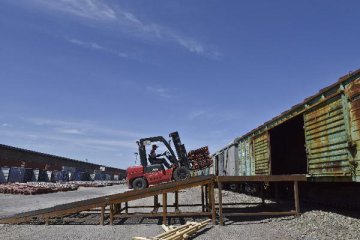According to the EIA, U.S. production of natural gas plant liquids (NGPLs) averaged 4.3 million barrels per day (b/d) in 2018, up from 2.5 million b/d in 2012.
Nearly three quarters of U.S. NGPL production are concentrated within six producing regions, and NGPL production has generally increased across all regions since 2012 as production of natural gas has grown.
Natural gas requires processing before entering interstate natural gas pipelines. The raw, or wet, natural gas includes methane as well as NGPLs.
Once impurities such as water, hydrogen sulfide and carbon dioxide are removed from the wet natural gas, the mixed NGPLs are transported for further processing.
According to the EIA's Annual Energy Outlook 2019 (AEO2019) released in January, the U.S. position as a net energy exporter would remain from 2020 through 2050 as a result of large increases in crude oil, natural gas and NGPL production coupled with slow growth in U.S. energy consumption.
Moreover, U.S. natural gas and NGPLs would see the highest production growth of all fossil fuels, and NGPLs are expected to account for nearly one third of cumulative U.S. liquid production through the 2050 projection period.
AEO2019 also showed that U.S. net exports of natural gas would continue to grow as liquefied natural gas becomes an increasingly significant export.
Relatively low, stable natural gas prices would make U.S. natural gas competitive in the North American and global markets.




















Latest comments